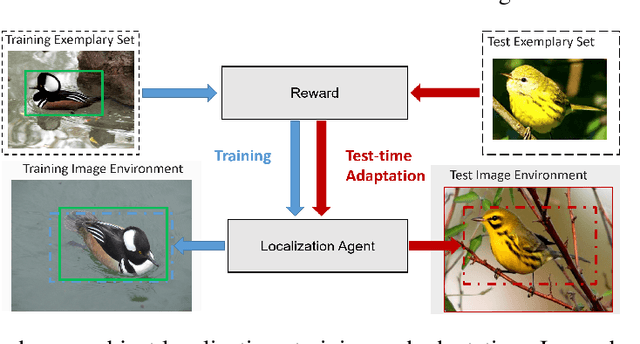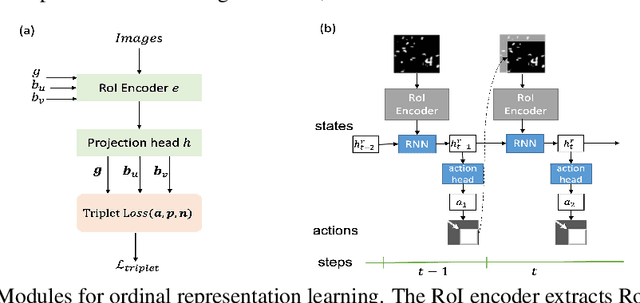Tingfeng Li
THAT: Token-wise High-frequency Augmentation Transformer for Hyperspectral Pansharpening
Aug 11, 2025Abstract:Transformer-based methods have demonstrated strong potential in hyperspectral pansharpening by modeling long-range dependencies. However, their effectiveness is often limited by redundant token representations and a lack of multi-scale feature modeling. Hyperspectral images exhibit intrinsic spectral priors (e.g., abundance sparsity) and spatial priors (e.g., non-local similarity), which are critical for accurate reconstruction. From a spectral-spatial perspective, Vision Transformers (ViTs) face two major limitations: they struggle to preserve high-frequency components--such as material edges and texture transitions--and suffer from attention dispersion across redundant tokens. These issues stem from the global self-attention mechanism, which tends to dilute high-frequency signals and overlook localized details. To address these challenges, we propose the Token-wise High-frequency Augmentation Transformer (THAT), a novel framework designed to enhance hyperspectral pansharpening through improved high-frequency feature representation and token selection. Specifically, THAT introduces: (1) Pivotal Token Selective Attention (PTSA) to prioritize informative tokens and suppress redundancy; (2) a Multi-level Variance-aware Feed-forward Network (MVFN) to enhance high-frequency detail learning. Experiments on standard benchmarks show that THAT achieves state-of-the-art performance with improved reconstruction quality and efficiency. The source code is available at https://github.com/kailuo93/THAT.
WalnutData: A UAV Remote Sensing Dataset of Green Walnuts and Model Evaluation
Feb 27, 2025



Abstract:The UAV technology is gradually maturing and can provide extremely powerful support for smart agriculture and precise monitoring. Currently, there is no dataset related to green walnuts in the field of agricultural computer vision. Thus, in order to promote the algorithm design in the field of agricultural computer vision, we used UAV to collect remote-sensing data from 8 walnut sample plots. Considering that green walnuts are subject to various lighting conditions and occlusion, we constructed a large-scale dataset with a higher-granularity of target features - WalnutData. This dataset contains a total of 30,240 images and 706,208 instances, and there are 4 target categories: being illuminated by frontal light and unoccluded (A1), being backlit and unoccluded (A2), being illuminated by frontal light and occluded (B1), and being backlit and occluded (B2). Subsequently, we evaluated many mainstream algorithms on WalnutData and used these evaluation results as the baseline standard. The dataset and all evaluation results can be obtained at https://github.com/1wuming/WalnutData.
Learning Transferable Reward for Query Object Localization with Policy Adaptation
Mar 15, 2022



Abstract:We propose a reinforcement learning based approach to query object localization, for which an agent is trained to localize objects of interest specified by a small exemplary set. We learn a transferable reward signal formulated using the exemplary set by ordinal metric learning. Our proposed method enables test-time policy adaptation to new environments where the reward signals are not readily available, and outperforms fine-tuning approaches that are limited to annotated images. In addition, the transferable reward allows repurposing the trained agent from one specific class to another class. Experiments on corrupted MNIST, CU-Birds, and COCO datasets demonstrate the effectiveness of our approach.
 Add to Chrome
Add to Chrome Add to Firefox
Add to Firefox Add to Edge
Add to Edge